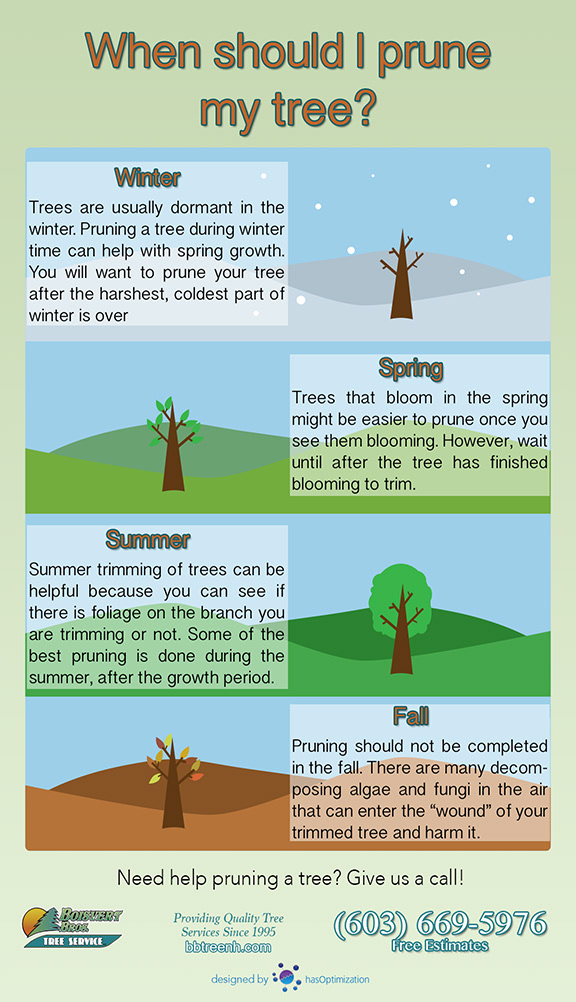Seasonal Tree Treatment: How To Manage Trees Prior To And After Removal
Seasonal Tree Treatment: How To Manage Trees Prior To And After Removal
Blog Article
Web Content By-
When it concerns seasonal tree care, guaranteeing appropriate monitoring prior to and after elimination can substantially affect the wellness and visual appeals of your landscape. By understanding the needed actions involved in analyzing tree health and wellness and preparing for removal, you can proactively safeguard your property. However what concerning the crucial techniques to comply with when the tree is gone? Stay tuned to discover the vital post-removal care measures that will certainly help you grow a thriving and sustainable environment for your trees.
Pre-Removal Tree Care
Prior to resolving the removal of a tree, it's essential to prioritize pre-removal tree treatment. Beginning by assessing https://www.buffalorising.com/2020/04/considering-what-is-essential-landscaping-during-the-covid-19-pandemic/ and wellness and architectural honesty. Search for signs of disease, insect infestations, or any structural issues that might present a security hazard throughout elimination. It's important to seek advice from a licensed arborist to identify the very best strategy.
Pruning dead or unhealthy branches can avoid additional damages to the tree and guarantee a smoother removal process.
In addition, take into consideration the ecological influence of eliminating the tree. Trees play a vital duty in our environment, so planting a new tree in a suitable place can help offset any kind of loss. Guarantee that you have the needed licenses and approvals for tree removal, especially if the tree is shielded by local guidelines.
Seasonal Maintenance Tips
Examining your tree's requirements throughout the year is necessary for its health and long life. To keep quote about maintenance in leading problem, follow these seasonal upkeep pointers.
In springtime, concentrate on trimming to get rid of dead or damaged branches and urge new growth.
Summer season asks for regular watering, especially during droughts, to ensure your tree remains hydrated.
As autumn strategies, keep an eye out for very early indicators of condition or anxiety, and take into consideration applying compost to protect the roots throughout winter months.
In wintertime, be cautious when eliminating snow from branches to stop breakage, and continue to monitor your tree's overall health.
Keep in mind to readjust your treatment routine based on the certain needs of your tree varieties and regional environment. By remaining attentive and proactive throughout the periods, you can assist your trees flourish and flourish for several years to come.
Post-Removal Tree Treatment
To guarantee the health and wellness of your landscape even after tree elimination, proper post-removal care is vital. After a tree is removed, it's critical to fill the staying opening with topsoil and compact it to prevent settling. This will help preserve the integrity of the ground and avoid potential hazards in the future.
Take into consideration growing new vegetation in place of the eliminated tree to restore the balance and aesthetic appeals of your landscape. On a regular basis water the area to promote the development of new plants and stop soil erosion.
Check the surrounding trees for any kind of signs of condition or tension that may have been triggered by the gotten rid of tree. Keep an eye out for bugs that may've been brought in to the previous tree and take safety nets to protect the continuing to be plants.
If essential, speak with a specialist arborist to examine the influence of the elimination on the surrounding trees and determine any extra treatment needed. By complying with these post-removal treatment steps, you can make certain the ongoing wellness and beauty of your landscape.
Conclusion
To conclude, proactive seasonal tree care is essential for keeping the health and wellness and equilibrium of your landscape. By analyzing tree health, trimming, and seeking advice from an arborist prior to elimination, you can ensure a safe procedure. After removal, filling up the hole, growing brand-new vegetation, and normal watering will promote new growth and protect against erosion. Remember to evaluate surrounding trees for illness and look for further care actions from an arborist to keep your landscape prospering.
